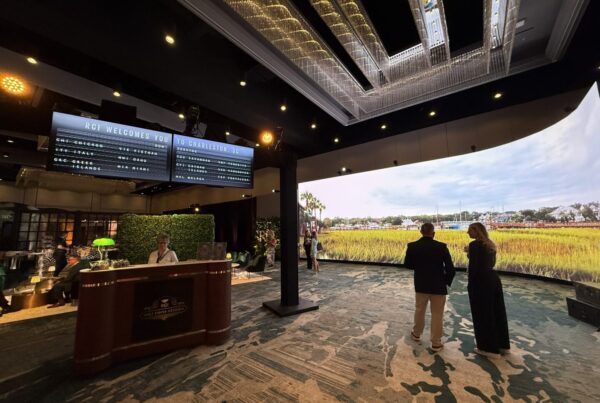It’s no secret that the pandemic has made a long-lasting impact on just about everything – especially when it comes to the way that we’ve worked over the last year and a half, and even how we will continue to work in the future, long after the pandemic is over.
While working from home used to be a feat that few and far workers experienced on a full-time basis, we are now all well-seasoned in Zoom meetings, screen sharing, and virtual happy hours. And even as many workplaces have already made the move to head back into the office, we are starting to see many indications that not all workers will go back to permanently working in the office and instead are preferring a hybrid or virtual workplace model.
According to the Harvard Business Review, 52% of U.S. workers would prefer a mix of working from home and the office, saying it has a positive impact on their ability to be creative, solve problems and build relationships. In the same research study, 72% of corporate leaders said they plan to offer a hybrid model, and only 13% say they expect to decrease their real estate footprint in the next year, suggesting that organizations will continue to leverage their workplaces within a hybrid work future.
But before you decide to make the switch to hybrid, it’s first important to make sure that you are laying the groundwork for a successful hybrid workplace environment, so that both employees and their work is as productive as possible no matter where they’re streaming from.

1 – Bridge the gap between remote and hybrid
While the traditional office layout is conductive to traditional in-person meetings or call rooms, they don’t always translate as well once you commit to a regular hybrid or virtual workplace. For example, your large conference room likely has just one TV monitor at the end of your long conference table, which means that attendees who are videoing in will have to fight for screen space with whatever presentation is being shared.
What is better suited to a hybrid work model is multiple monitors or screens in your primary meeting rooms, so that participants can each have their own screen to feel as though they are physically apart of the meeting, or at the very least can be on a participant screen that separate from the presentation monitor.
2 – Turn gathering areas into hybrid spaces
In the pre-work-from-home days, gathering areas around the office were a nice change of scenery for employees who wanted to work away from their desk, have a quick touch-base with a team member, or even have a quick bite to eat. However, now that there is a more frequent need for your employees to jump on a quick video conference for their touch base or conference call, it’s beneficial to turn these gathering areas into flexible huddle spaces.
A huddle space is a flexible room that can be both a typical office space and a useable, wired meeting space. The theory behind these hybrid rooms is that, instead of having a work area that can only be used for one or two things (such as a lunchroom, a lobby, a break room, or an atrium), you convert all these spaces to huddle rooms that can be used for virtual meetings with external remote support and capabilities that can be used at a moment’s notice, and allow all of your employees a unique space to connect with those who are away from the office.
3 – Offer focus zones or even focus days
Every team or worker has natural ebbs and flows of focusing quietly on a complicated task vs. coming together collaboratively with a team to discuss ideas and bounce ideas back and forth – and this remains true even with a hybrid workforce. There will still always be that need for loud, collaborative spaces and quiet focus zones, and a hybrid work model actually lends itself perfectly to that combination. Let your employees create their own calendar that allows for these natural ebbs and flows, by creating areas in your space that allow for both focus zones and collaboration spaces.
Want to learn more about the technology that can help you transform your traditional workspace into a hybrid or virtual organization? Be sure to reach out to our experts at Bluewater today.











